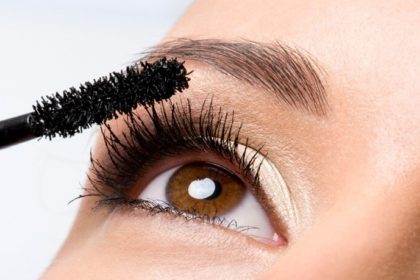Most people are unaware that methods to adorn the face and hairline region have been around for considerably longer than the last two decades of the 20th century, despite the fact that facial reconstruction and associated surgery techniques have been increasingly popular in the past 20 years. Although the tools and methods employed then were considerably more archaic than they are now, the first reports of operations that resembled modern cosmetic surgery actually come from ancient India. Shall we briefly review the development of face plastic surgery from its inception to the present?
Hair restoration techniques: Hairline surgery’s origins
The fact that hair transplant surgery was first documented in a written record in 1822 indicates that hair problems are not exclusive to modern men. German polymath Johann Friedrich Dieffenbach and his mentor Professor Dom Unger conducted experimental surgical techniques on people and animals in a paper published in Wurzburg. These treatments resulted in the first successful hair transplants from one part of the scalp to another. The following several decades saw the publication of other articles on comparable hair transplantation techniques, but it wasn’t until the late 20th century when significant surgeries employing skin grafts and flaps containing hair were carried out. The 19th century saw the widespread use of transplantation procedures to treat traumatic alopecia, or human baldness resulting from burns and other injuries, as well as the appearance of various nostrums and concoctions developed by medicine men and snake-oil salesmen as a common treatment for male-pattern baldness.
Contemporary hairline surgery: The evolution of modern hair graft transplants
Dermatologist Dr. S. Okuda was one of the pioneers in Japan during the 1930s and 1940s when modern surgical treatments for hair transplantation first emerged. However, it wasn’t until after World War II that these operations made their way to Europe and other parts of the world. To address hair loss on the eyebrows, scalp, and mustache region, Dr. Ocuda documented a surgery in his notes that involved transferring full-thickness hair-bearing scalp transplants to bald areas. Over the next several years, other similar procedures were reported as similarly effective throughout Japan. The concept of donor and recipient dominance as a determining factor for transplant success was first presented by Norman Orentreich, MD, in a 1959 paper on hair surgery technique.
This concept quickly gained recognition and popularity among hair restoration surgeons worldwide. Ever since, there has been an unstoppable advancement in the science of hair transplantation and related harvesting and transplantation procedures. This has led to the development of modern techniques ranging from basic ‘plug-type’ transplants to sophisticated microsurgical procedures, micrografts, and the use of single follicular units as the gold standard in transplantation procedures. Additionally, science-based medical treatments have been developed to treat hereditary hair loss.
The early face procedure masters are the source of facial plastic surgery
The nose was among the first body parts to undergo surgery in the field of cosmetic surgery and remedial operations. The ayurvedic physician Sushruta and his medical students carried out the earliest known reconstruction and correction procedures on the ear, lips, nose, and genitalia of people whose bodies were mutilated as a form of religious, criminal, or military punishment in the fifth century BC. This is when early otoplasty techniques to correct defects and deformities of the nose date back to. The Sushruta Samhita, a medical compendium compiled by Sushruta about the year 500 AD, has the records of these operations, and the methods it describes were used across Asia until the late 1700s.
The Middle Ages: The History of Plastic Surgery in Europe
Antonio Branca conducted one of the earliest effective nose operations in Europe, according to Heinrich von Pfolspeundt’s seminal book “Buch der Bündth-Ertznei” in 1460. However, it took a century for other European surgeons to start using this method. Plastic surgeons throughout the 1800s looked to ancient India for knowledge and inspiration as the profession grew. Friedrich Dieffenbach (d. ca. 1840) is recognized as one of the pioneers in a number of plastic surgery specialties, from rhinoplasty to otoplasty. The ‘Gentleman’s Magazine of Calcutta’ published stories of the first face skin transplants during this period in October 1794. Skin grafts were quickly adopted as the “Indian Method” for face reconstruction surgeries, and ever since then, grafting operations have been carried out in a similar manner.
Beginning in 1869, Felix Jean Casimir Guyon of Paris and Jacques Reverdin of Geneva advanced the area of face restoration by using skin transplant procedures that are mostly similar to those now in use. Surgeons like Archibald McIndoe and Harold Gilles improved skin grafting methods during World War I, creating the “tubed pedicled graft,” which was used to treat face injuries such as severe burns. Following the Battle of Britain in 1942, McIndoe and Gilles’ operation on burn airmen at Queen Victoria Hospital gave these procedures a boost.
Over the next few decades, facial restoration has become commonplace, with rhinoplasty and otoplasty developing into simple, routine procedures that are becoming more and more popular throughout the world.





